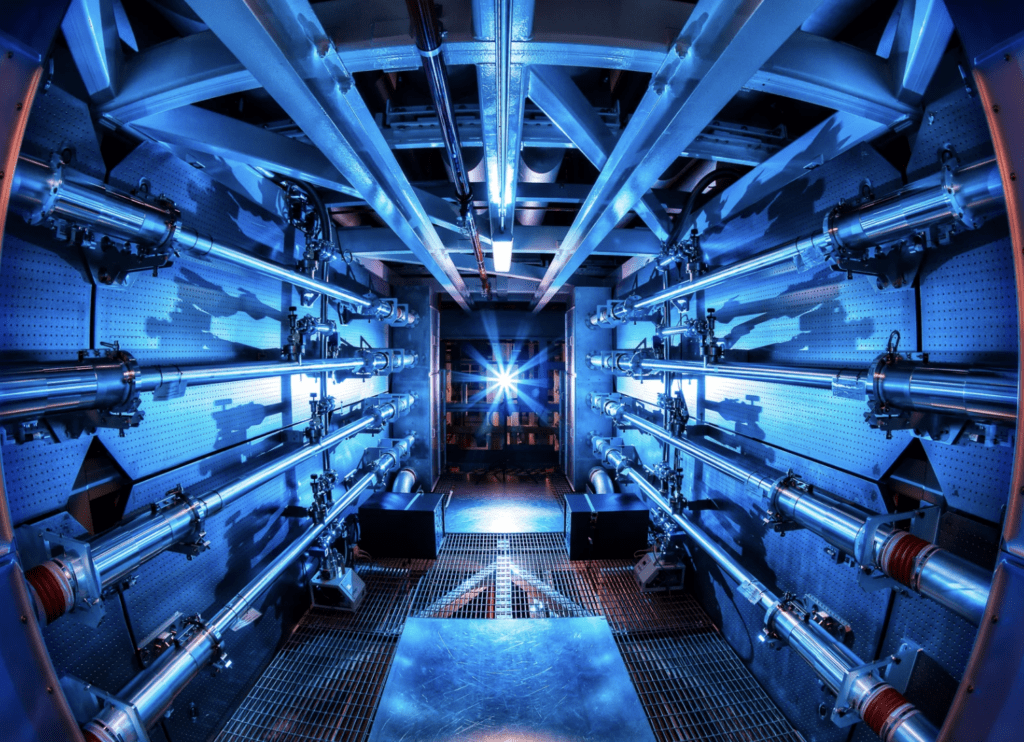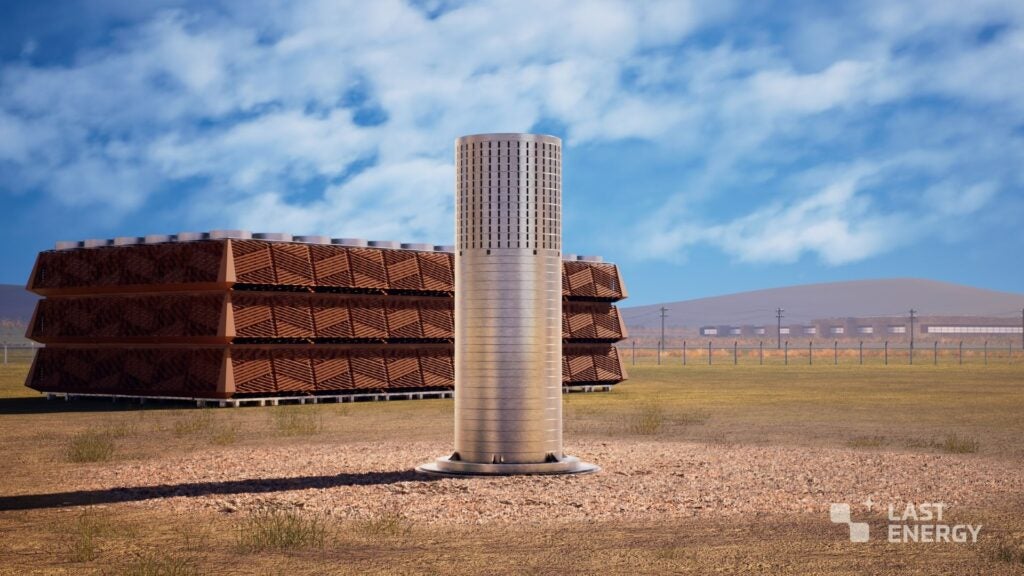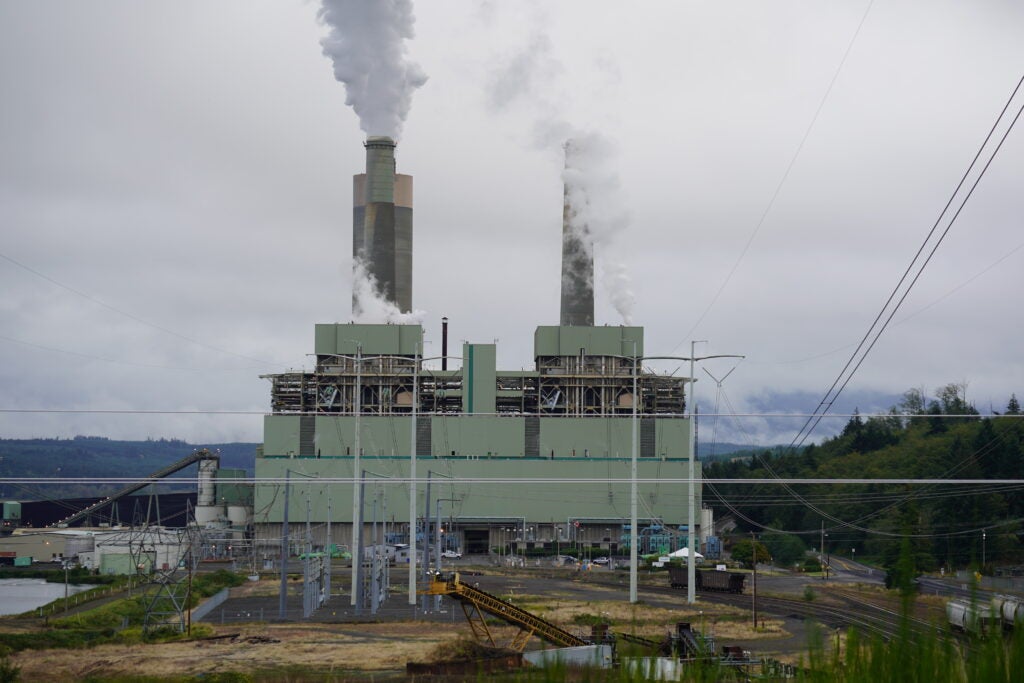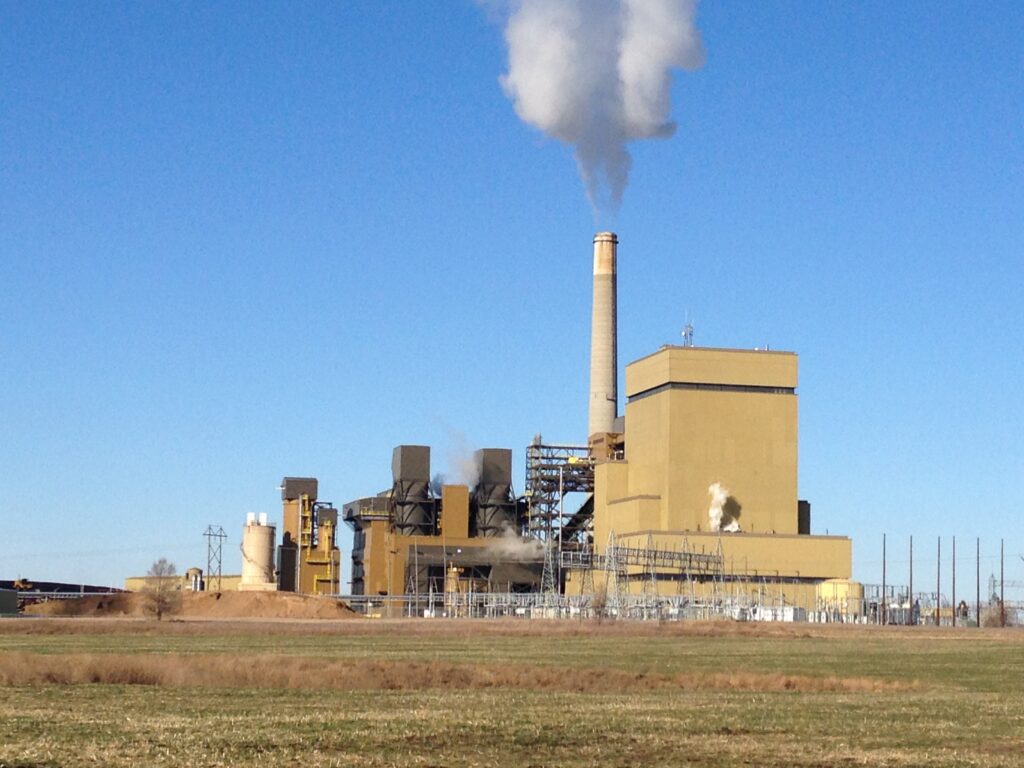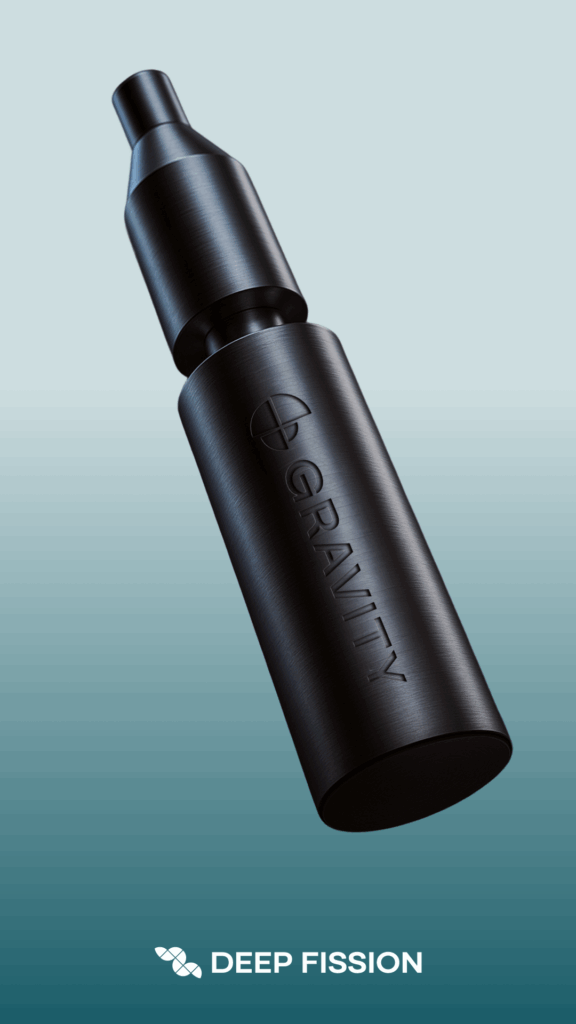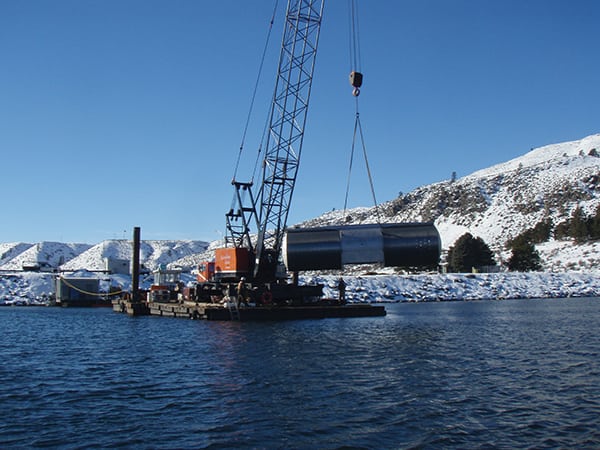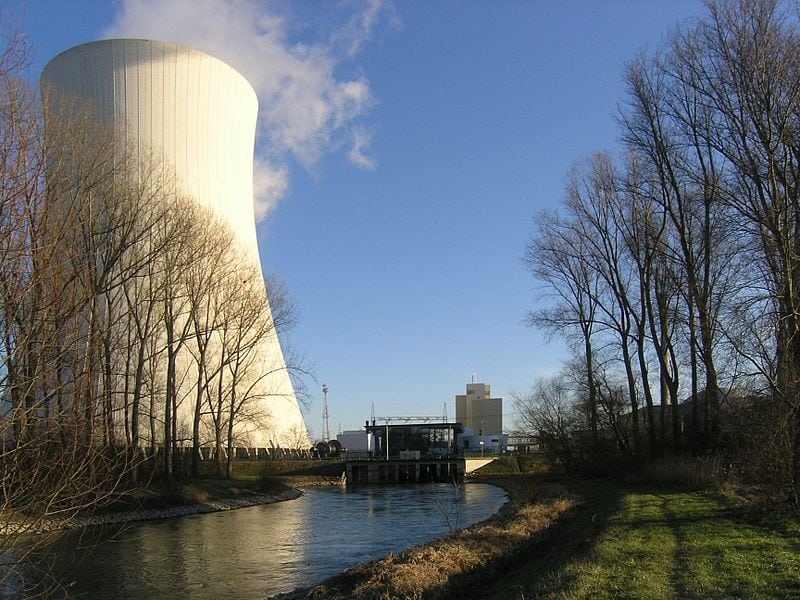The U.S. Court of Appeals for the Second Circuit in July issued a long-awaited decision in the case Cooling Water Intake Structure Coalition v. U.S. Environmental Protection Agency (EPA), upholding the EPA’s 2014 Rule establishing requirements pursuant to Clean Water Act (CWA) section 316(b) for cooling water intake structures (CWIS) at existing facilities. The court also upheld the biological opinion (BO) and incidental take statement (ITS) issued by the U.S. Fish and Wildlife Service and National Marine Fisheries Service (the Services) on the 2014 Rule.
The Second Circuit’s decision upholding the rule offers EPA a key victory and provides larger steam-electric power plants and manufacturing facilities more certainty regarding regulatory requirements they must satisfy to obtain a National Pollutant Discharge Elimination System (NPDES) permit under the CWA.
EPA’s 2014 Rule
EPA’s 2014 Rule applies to CWIS at hundreds of existing manufacturing and power generating facilities. For existing, NPDES-permitted facilities using CWIS with total design intake flows greater than two million gallons per day (MGD), of which 25% or more is used for cooling, the 2014 Rule identifies national “best technology available” (BTA) for reducing “impingement” (aquatic organisms trapped against a CWIS) and a structured, site-specific framework for identifying BTA for reducing “entrainment” (aquatic organisms drawn through an intake structure and into a facility). For existing facilities with CWIS that do not meet the 2014 Rule’s thresholds, CWA 316(b) requirements will be established by the permit writer on a case-by-case, “best professional judgment” basis.
EPA concluded that wet closed-cycle recirculating cooling is not the BTA for minimizing adverse environmental impacts from existing facilities on a national basis. EPA found that closed-cycle cooling is not available at many existing facilities given local land availability constraints, local energy reliability concerns, legal impediments to obtaining needed air permits for emissions from new cooling towers, and the limited remaining useful life of many affected facilities.
Instead, for impingement EPA determined that modified traveling screens with fish returns constitute BTA for minimizing impingement mortality and established compliance alternatives that would reflect the performance of the BTA control technology. EPA for entrainment adopted a site-specific approach to BTA selection, which requires NPDES permit writers (in most cases, the states), using-peer reviewed information collected and submitted by permittees, to select entrainment BTA by considering specific factors, including the numbers and types of organisms entrained, land availability, and social costs and benefits.
Through certain provisions of the 2014 Rule and accompanying BO, EPA and the Services outlined a “Technical Assistance Process” by which the Services will review draft permits and provide recommendations for additional control measures, monitoring requirements, and/or reporting requirements that the Services determine may further minimize effects to federally listed species or designated critical habitat.
The Second Circuit’s Decision
The court upheld the 2014 Rule, the Services’ BO, and the ITS set forth in the BO, concluding each was based on a reasonable interpretation of the applicable statutes and sufficiently supported by the record. With respect to the technology provisions, the court found EPA had sufficient and appropriate support for its decision that closed-cycle cooling is not nationally available. It also upheld the compliance alternatives EPA adopted for impingement and the Rule’s site-specific framework for determining BTA for entrainment, accounting for costs and benefits. The court additionally upheld EPA’s definition of “new unit,” which excludes rebuilt, repowered, and replacement units at existing facilities. The court confirmed the permit application requirements established in the 2014 Rule do not apply to “below threshold” facilities; they apply only to facilities that both are designed to take in greater than two MGD and use 25% or more of that water for cooling. Finally, with respect to the Endangered Species Act (ESA) issues, the court upheld the Rule’s ESA-related provisions as well as the supporting BO and ITS.
While many facilities have begun to collect the required data and prepare their permit applications in accordance with the 2014 Rule, there has been a lingering question as to whether a court decision would require EPA to reconsider some or all of the Rule’s provisions, which could lead to changes in the requirements for the application materials and BTA determinations. Now that the Second Circuit’s decision has upheld the Rule, facilities have more certainty that the 2014 Rule’s requirements are full effect and, pending any appeal of the Second Circuit’s decision, will not change.
That means, subject to limited exceptions, existing facilities above the two MGD and 25% cooling water threshold will have to comply with the 2014 Rule’s requirements for reissuance of NPDES permits expiring after July 14, 2018. These facilities will have to collect and submit data, including (but not limited to), for facilities that withdraw greater than 125 MGD, a two-year Entrainment Characterization Study and a Comprehensive Technical Feasibility and Cost Evaluation Study for potential entrainment control technologies. Based on this data and 11 factors outlined in the Rule, the permit writer will select entrainment BTA, explain the determination in writing, and include reasons for rejecting any more effective entrainment control options. ■


—Kerry L. McGrath is a partner with Hunton Andrews Kurth, an international law firm with lawyers in the U.S., Asia, Europe, and the Middle East. Alexandra Hamilton is an associate with Hunton Andrews Kurth.


